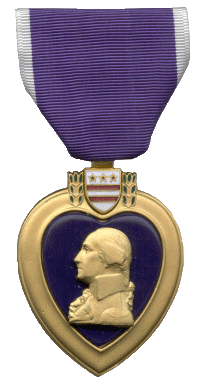Junior completed high school in 1947, at the age of sixteen. He had decided, before his senior year in high school, to become a scholar and made exemplary grades. He applied to Texas A&M, but failed to receive a scholarship. He then chose to work until his seventeenth birthday. With reluctant permission from Daddy and Mamma he joined the Air Force in February 1948. He served in administrative work and reached the grade of staff sergeant. In 1953, he completed officer candidate school. Determining that he must attend flight school, if he was to advance as an officer, Junior completed flight training and received his wings at Laughlin Air Force Base in Laredo, Texas, in 1958. Named the outstanding military student in his class, he was assigned to fly jet fighters. Junior had married Patricia Henderson in 1953, and they had three children, Roy III, Gay and Bryan. Junior became a flight instructor and served in that capacity until 1966.In January 1967, with the Vietnam war heating up, Junior left for survivor training in Utah and was then assigned to the 602nd Fighter Squadron (Commando) at Udorn Royal Thai Air Force Base. He began flying search and rescue missions on March 11, 1967. The unit filled its spare time on bombing missions and cover for ground combat.
One week after joining his squadron, Junior, now a major, earned the first of seven Air Medals awarded to him during two months of action.
On March 18, 1967, Junior had just taken off in his bomb laden A-1E Skyraider when his cockpit filled with dense black smoke, obscuring his vision. Engine failure was imminent. He managed to jettison his fuel tank in the only clear area available and elected to retain his complete ordnance load despite the fact that it meant certain death in the even of a crash landing in the heavily populated area surrounding the base. He landed safely and averted a tragedy.
Junior distinguished himself again on April 2, 1967, when he flew into an area of extremely heavy anti-aircraft fire in a low-level search for a downed pilot. Working at altitudes of less than two hundred feet in withering hostile fire for more than an hour, he continually exposed himself in an attempt to make visual contact with the pilot. It was only after darkness and the loss of radio contact made any further attempt futile that he withdrew from the area. His complete disregard for his own safety earned Junior a Silver Star.
On May 14, 1967, while flying as a high element lead consisting of four A11Es and two HH-3C helicopters, Junior led the rescue force through rugged mountainous terrain, poor visibility and extremely intense and accurate anti-aircraft fire to the area of another downed pilot. He successfully located the downed pilot and directed the helicopters in for the rescue under extremely adverse conditions. This time, Junior’s professional competence, aerial skill and devotion to duty resulted in the Distinguished Flying Cross.
We will never know precisely what happened in the cockpit of our brother’s Skyraider five days later on a bombing mission to a North Vietnamese missile site in Laos. We know that we lost him that day and we know that he left this world as he had lived all his life, courageous and devoted to duty. The citation for the Air Force Cross awarded for his actions that day reads:
Major Roy A Knight, Jr. distinguished himself by extraordinary heroism in connection with military operations against hostile forces as an A1-E: Skyraider pilot in Southeast Asia on 19 May, 1967. On that date, Major Knight led his flight in a strike against one of the most important and heavily defended target complexes in Southeast Asia. Against overwhelming odds Major Knight pressed his attack. His aircraft was struck, resulting in loss of control. Major Knight, fully realizing that he could not regain control, jettisoned his ordnance on the target in a valiant attempt to destroy it and his aircraft subsequently impacted the target area. Major Knight’s unparalleled bravery and courage against virtually insurmountable obstacles were in the highest traditions of the military service. Through his extraordinary heroism, superb airmanship, and aggressiveness, Major Knight reflected the highest credit upon himself and the United States Air Force.
We know this for certain: Jack was right when he said Junior was tough.
When the remains of Roy Jr. were found and flown home, Bryan now flying for Southwest Airlines, was given the honor of flying him from Oakland Airport to Love Field in Dallas, TX.
On June 25, 1996, Junior’s son, Bryan, risked his life for his fellow airmen during the terrorist attack on the Kobar Towers in Saudi Arabia, for which he received the Air Force Commendation Medal with Valor Device. The citation read in part:
Captain Knight clearly saved the lives of several Air Force members. By his prompt and humanitarian regard for his fellow man, Captain Knight has reflected great credit upon himself and the United States Air Force.

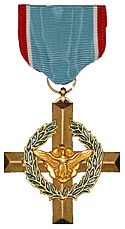
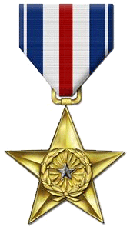
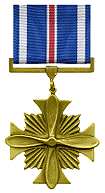
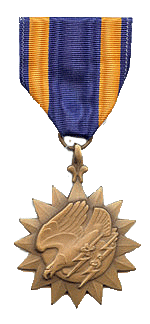
Oak Leaf Clusters
